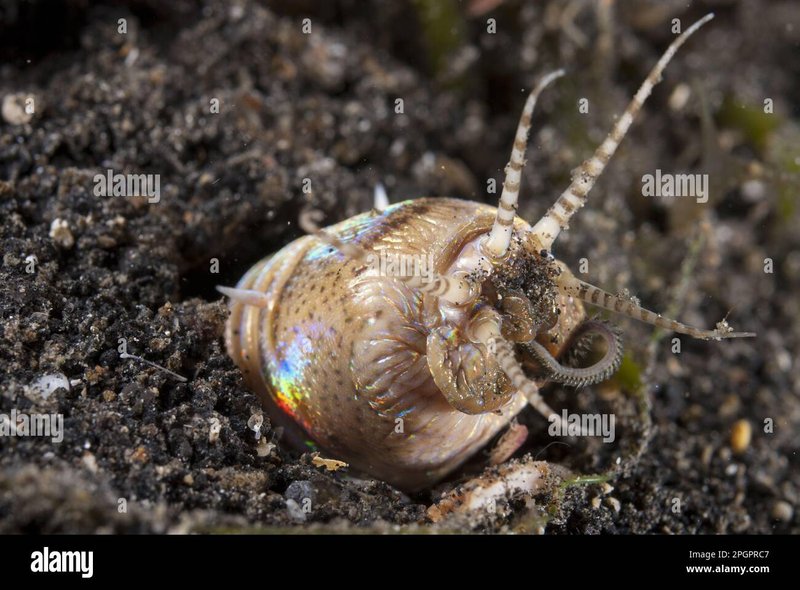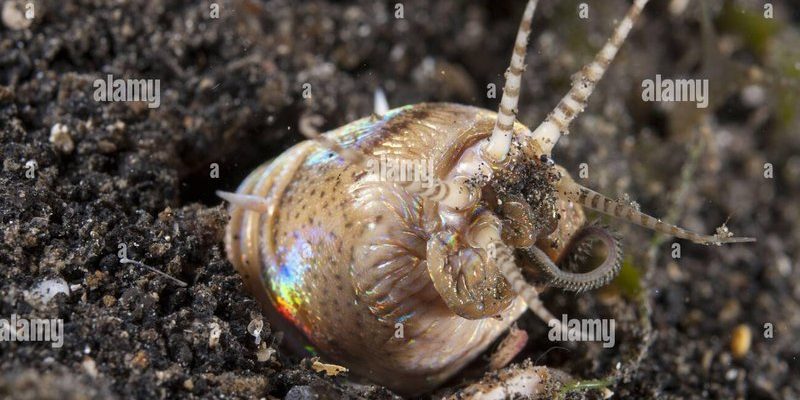
Imagine you just had a hearty lunch. You might feel energized, bouncing around more than usual. The same might apply to bobbit worms after a feeding. Their behavior can change based on their feeding schedule and the availability of food. So, let’s dive into this question and explore the habits of bobbit worms, looking at what happens in their underwater world post-feeding.
What Are Bobbit Worms?
Bobbit worms, known scientifically as *Eunice aphroditois*, are marine polychaete worms that can grow impressively long—up to ten feet in some cases! They’re not only known for their size but also for their striking colors, which can range from bright greens to deep reds. You’ll typically find these worms in sandy or muddy environments, where they often burrow and stay hidden.
These worms are predatory, using their powerful jaws to capture prey. They often set up ambush attacks, lying still and extending their jaws to snap up fish or small crustaceans that swim too close. If you think about it, they’re like the ninjas of the ocean floor, stealthily waiting to strike while blending into their surroundings.
Bobbit Worm Feeding Behavior
Now, let’s talk about how bobbit worms eat. They primarily feed on small fish, shrimp, and other invertebrates. Their hunting method is quite remarkable; they’ll stay hidden, and when something unfortunate swims by, they can launch out of their burrow and grab it in mere seconds. It’s an impressive feat, showcasing both patience and speed.
After a good meal, their energy levels can increase. Just like us, when they’re well-fed, they may be more active and involved in their environment. You might observe them moving around their burrow or even adjusting their position to ensure they’re ready for the next meal.
Do Bobbit Worms Show Increased Activity Post-Feeding?
Here’s the juicy part. Yes, bobbit worms typically show increased activity after they’ve fed. When they’ve just hunted down a meal, their energy levels take a noticeable uptick. This surge in activity can signal a few things. For one, they might be repositioning themselves to make the most out of their feeding ground.
Imagine you just enjoyed a delicious pizza, and now you’re ready to tackle that board game you’ve been putting off! Similarly, bobbit worms may engage in movements that allow them to better perceive their surroundings or prepare for their next hunt.
How Feeding Frequency Affects Bobbit Worm Behavior
You might wonder if the frequency of feeding impacts their activity levels. The answer is yes! If a bobbit worm eats regularly, you might see it more active throughout the day. On the flip side, if it goes for a while without food, it might conserve energy and remain less active.
It’s interesting to think about how animals adjust their behavior based on food availability. In a controlled aquarium setting, for example, owners often notice that keeping a consistent feeding schedule can lead to more vibrant and active worms. Just like how our mood can change with our meals, these worms respond similarly.
Environmental Factors Influencing Activity
Another factor affecting bobbit worm activity is their environment. Water temperature, salinity, and light levels can all play a role in their behavior. For instance, warmer water can lead to increased metabolism, which means they may be more active overall.
Moreover, if they are in a well-lit environment, they might stay hidden during the day and become active at night. It’s their version of turning off the lights and enjoying some “me time” when it’s safe to emerge. Understanding these environmental influences helps aquarium enthusiasts create the best habitats for these fascinating creatures.
Behavioral Patterns Beyond Feeding
While feeding is crucial, bobbit worms have other behaviors worth mentioning. For instance, they occasionally engage in burrowing activities—digging deeper into the substrate to avoid predators or find more suitable living conditions.
Understanding these patterns can be fascinating, especially for those passionate about marine life. It’s like trying to decode the personality of a friend. You might notice they behave differently depending on the situation, whether they’re well-fed or in a comfy environment.
Keeping Bobbit Worms in Captivity
If you’re considering keeping bobbit worms as pets, monitoring their feeding habits can be crucial. Ensure they have a steady supply of food and create an environment that mimics their natural habitat as closely as possible.
This way, you’re more likely to see them at their most active, displaying all the fascinating behaviors they’re known for. You could even experiment with feeding times and amounts to observe how they respond. Just remember to be patient; these creatures may take some time to adjust.
So, are bobbit worms more active after feedings? Absolutely! Just like many creatures in the animal kingdom, a good meal can energize them, leading to a burst of activity. By understanding their feeding behaviors and the various factors that influence their activity, you can better appreciate these remarkable marine animals.
Whether you’re just curious or looking to keep one as a pet, knowing how bobbit worms function helps you appreciate their place in the ecosystem even more. Next time you think about these vibrant creatures, you’ll know that a satisfying meal can bring them to life in exciting ways.

